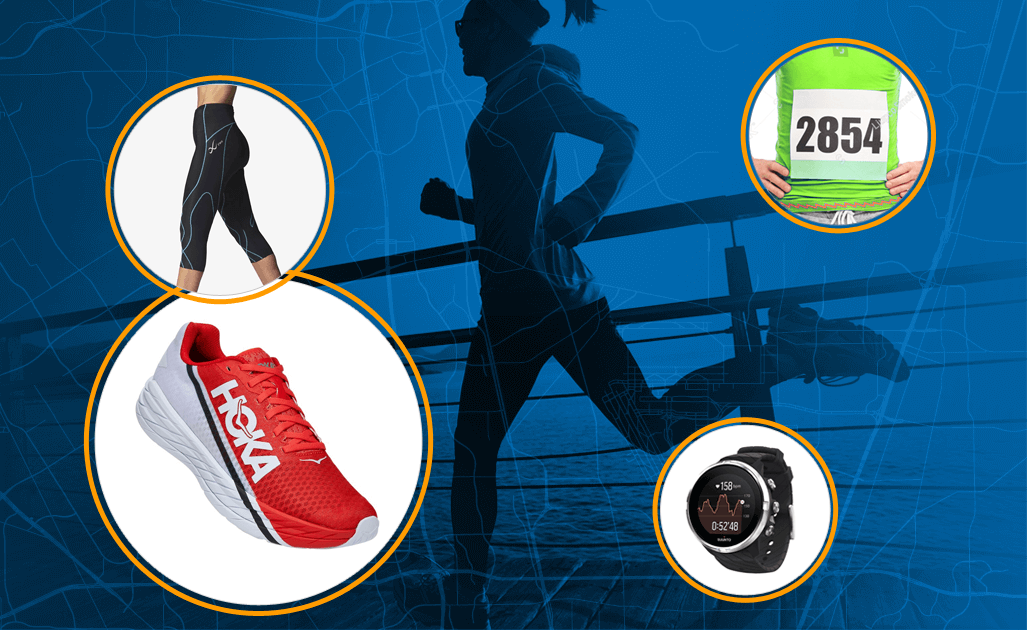Road running shoes come in all shapes and sizes, but that doesn’t mean every one is right for you. It's crucial to pick out a shoe that works well with your body type, foot type, and running style. Read on to discover the different things to consider when picking out the best road running shoe and a few brands that do those things well!
Running shoes typically fall into one of three different categories: neutral, stability, and motion control.
Neutral shoes are unsurprisingly designed for individuals with neutral feet – those with medium arches who land on the middle of their feet when they run. Neutral shoes are also good for runners with high arches. They will still provide the cushion that a high arch needs and will help keep the foot from rolling outwards as they run.
Stability shoes are designed with a low or flat arched foot in mind. Runners with flat feet tend to roll their feet inward (known as overpronation) as they run, so these shoes help distribute the impact of running across the foot to create a more neutral landing.
Individuals with severe overpronation likely need the support of a motion control shoe. These shoes are made with extra support and flatter outsoles to help bring stride back into alignment.
There are many wrong ways to run, but there are also many right ways. Before starting your search for your next (or first) pair of running shoes, ask yourself, "what type of runner am I?". It seems like a simple enough question, but understanding your stride and how you land and push off with your feet offers insight into the type of road running shoe to consider.
The best way to do this is to visit a running store and have them analyze your stride and foot strike. If that’s not feasible, find a friend who can record you running so you can watch how your feet land. If nothing else, find your most worn-down pair of running shoes and see where they are most worn down. Although not conclusive, this is likely where your foot strikes the pavement first.
A vast majority of runners (about 80% in total) land their stride on their heel and then roll the foot forward through the step. Approximately 15% of the running population land their stride flat in the middle of the foot. This leaves only a small percentage of people that rely on the front of their foot for both landing and pushing off.
Think carefully about the type of running you’re going to be doing the most.
Shoes designed for speed are light and responsive, allowing for quick movement on the road. As a result, these shoes tend to be less supportive. Ideal for shorter distances, it’s inadvisable to take these shoes on long runs unless your feet are conditioned well enough to handle it.
Distance running shoes focus more on support to help your body last the duration of the run. These shoes are designed to keep your feet landing correctly and prevent injury as your body gets tired.
If you don’t find yourself pushing for speed or distance, there are shoes designed with more comfort in mind. Shoes with extra comfort feel like running on clouds but may not be as lightweight as a shoe focused primarily on performance.
Before we dive into some specifics, here are a few things to remember when trying out shoes for running on the road.
Make sure the shoe you choose is tight, but not too tight. It should be snug against your feet but not uncomfortable. An important thing to remember is that feet swell throughout the day, so it may be best to shop in the evening. A shoe that fits well in the morning may be too tight for an after-dinner run. Don't be surprised if your running shoe size is larger than other pairs of shoes you own.
You should have no difficulty wiggling your toes in the toebox. Your laces should hold your foot in place but allow your toes to spread out in every direction. If you can’t “play the piano” with your toes inside your shoes, you don’t have enough room in the toe area.
The upper is the part of the shoe that makes contact with the top part of the foot. Many runners don't give this area a second thought, but this is the part of the shoe that lets your feet breathe. A stuffy shoe will cause a lot of foot sweat which can lead to discomfort and blisters. Look for a shoe with an upper that matches your foot's shape to prevent rubbing and something with a mesh that will breathe well.
The midsole separates the shoe upper from the outsole and provides you the padding you need for running on hard surfaces. Asphalt and concrete were not made with running in mind and can lead to all sorts of foot, leg, and joint injuries if your body doesn’t have the shoe support it needs. Find a road running shoe with enough firmness to absorb the shock of the road without being too hard and too heavy.
To go one step further (pun intended), when checking out or trying on road running shoes for potential purchase, look especially close at how the midsole is cushioned in the front and the back.
Since a vast majority of runners land each step on the back of the foot, the heel cushion will absorb most of that impact. Having some extra padding there will absorb the shock of that impact before distributing it to the rest of the midsole. This extra bit of padding can significantly reduce injury to the body.
On the flip side, having some extra cushion at the toe will not only benefit those who land on the front part of the foot. Having some extra spring in this area can provide a nice boost as any runner pushes off the ground to continue the quest toward the goal.
The outsole is the bottom of the shoe that directly contacts the pavement. It is literally the rubber that meets the road. Road running shoes have flatter outsoles but are still designed to provide traction and grip. Be sure to pick out a shoe that has a light but not too rigid outsole that matches your footprint and is comfortable to stand on.
Now that we’ve sorted out what to look for in a running shoe, here are some of the top road running shoe brands in the industry to consider trying out. Remember that every foot is different, so take the time to find your perfect fit.
Brooks is a company that only makes shoes for running. They spend all of their energy and resources designing only the best shoes that tear up the road. With a massive amount of depth in their product line, there's a good chance that any runner can find a shoe that works for them. Models like the Ghost series are incredibly popular, but they also have many shoes for specific niches.
Everyone knows the Nike brand, and that says something about their product line. Nike is often seen on the feet of some of the best athletes in the world. Although they have shoes for just about every sporting category, they have plenty of models built for the run.
HOKA is relatively new to the running scene, but it didn't take them long to make a splash. HOKA's are known to be some of the most comfortable running shoes on the market, thanks to the their large midsole size. This extra comfort doesn’t come with a catch, as many of their models are still surprisingly light.
Saucony is a brand that has been around almost as long as the modern-day Olympics. With over 100 years of shoe-making experience, this is another company that has a wide range of shoe products to appease all different types of runners.
ASICS believes in putting out a high-quality shoe every time, allowing you to focus on the run and not how your feet feel. Their most popular shoe, the Nimbus, has been impressing runners for over 20 years.
This probably goes without saying, but don’t be afraid to shop around until you find the perfect running shoe for you. Shopping in-store is a great way to try out different styles, but nowadays most online running retailers will let you take the shoe out of the box and take it for a run before you make your final decision. You’re asking your feet to take you hundreds and thousands of miles so reward them well with a comfortable pair of shoes.

Login to your account to leave a comment.
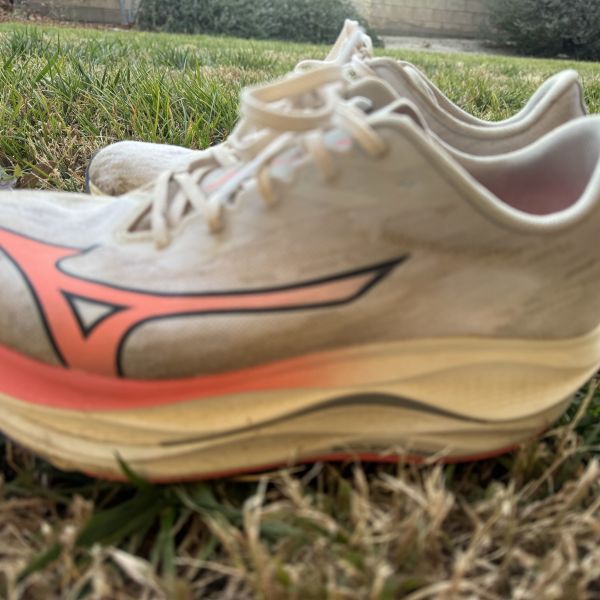
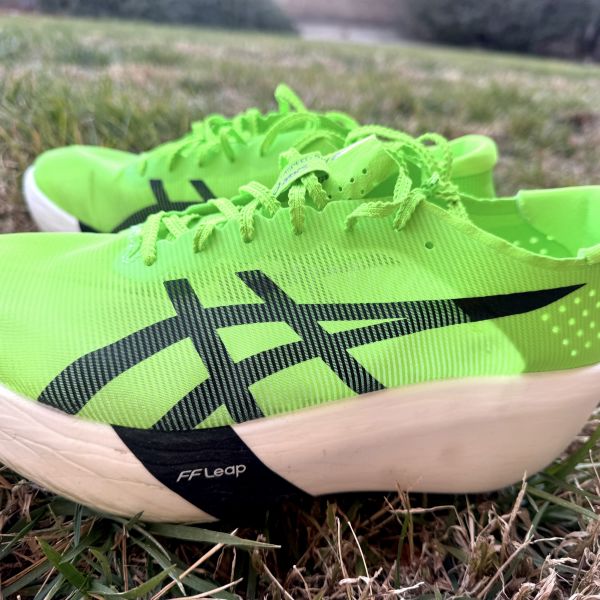
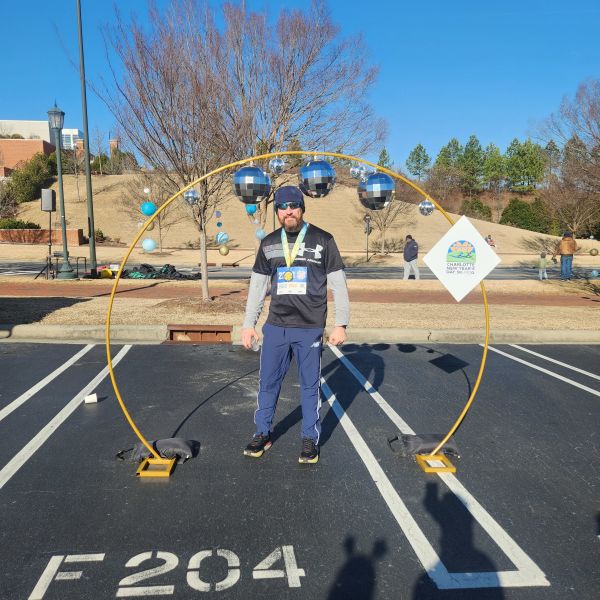
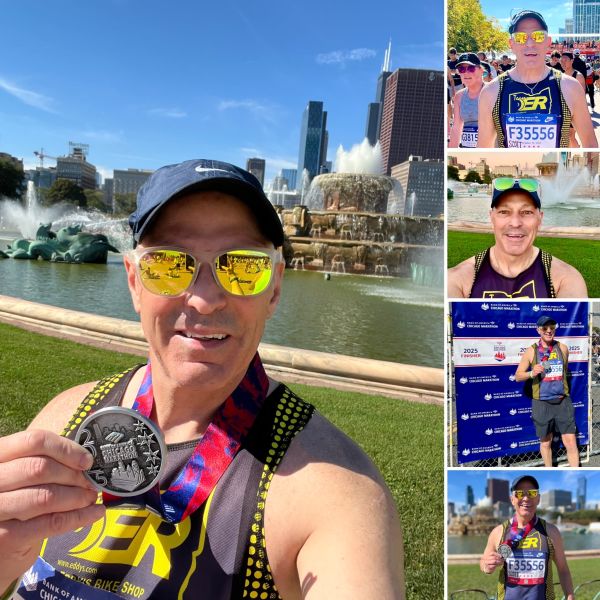
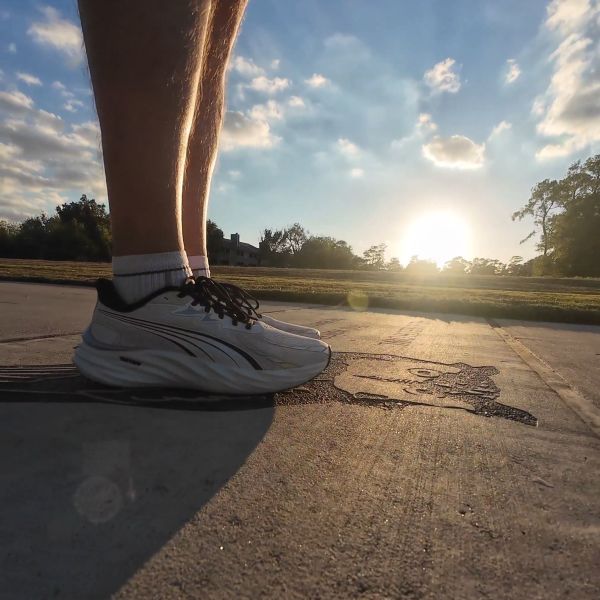
We Want to Give it to You!
